Despite its pretty 15th century Oxford shop front, most passers by will not give number 130 High Street a second glance. But down past an ancient oak gateway to the east of the building, a narrow alleyway leads to what is now The Chaing Mai Restaurant, the place where one of the most extraordinary tales in our city’s history unfolded. This is a scarcely believable yarn, of a humble woman who defied death in the most dramatic, unexpected circumstances.
In the summer of 1650 Anne Greene, 22, a housemaid in the employment of Sir Thomas Read at The Manor in Duns Tew, is seduced by his teenage grandson. Unknowingly she falls pregnant, and at 17 weeks while she is engaged in her daily chores turning the malt, feels unwell. And retires to the outside privy. Much to her distress she delivers a still -born child. Confused, she tries to hide the tiny body ‘about a span long’. But the foetus is soon discovered and her master is informed. Rather than feel pity for the girl, he has Anne arrested. She is taken to Oxford prison and after a short trial, under the 1624 Act to Prevent the Destroying of Bastard Children, it is presumed that as she has concealed the death of her illegitimate child, she must have murdered it. She is sentenced to death by hanging.
On the chilly morning of December 14th Anne climbs the ladder to the gallows. The noose is laid around her neck. Then she is unceremoniously pushed. As she hangs, her relatives come forward to pull on her legs. They are not being cruel – it is a common practice at this time to hasten death and shorten the agony. A soldier also hammers on her chest with his musket. After half an hour her lifeless body is cut down. She is then placed in a ‘surgeon’s coffin’ and sent to Kemp Hall, the home of William Petty, the Professor of Anatomy – it is the law that all remains of those executed within a 21 mile radius of Oxford should be handed over to the University for experiment.
Petty, accompanied by his friend Thomas Willis (later to be two of the founder members of The Royal Society in 1660), arrives at the house. The pair are intending to give a lecture to an assembled room of students while they dissect the body. But when the lid of the coffin is removed, ‘she was observed to breathe and in breathing …..obscurely to rattle’. Remarkably Anne is still alive. They immediately set about trying to resuscitate her. They give her cordials, tickle her throat with a feather, bash her about the chest (early CPR) but probably most usefully put her to bed with another woman to act as a source of warmth. Anne makes a full recovery.
This miraculous escape from death is a sensation. Pamphlets and poems are written about the event – one by a young student friend of Willis, none other than the later architect of St Paul’s Cathedral, Christopher Wren. Rubberneckers queue around the block. They pay generously to gawp at Anne and the coffin, the most enthusiastic donor being the Prison Governor. She is pardoned, takes the coffin away with her as a souvenir and as if in divine provenance, her tormentor Sir Thomas dies three days after the hanging. Anne herself goes on to live another 10 years, and has three children in wedlock.
The Chaing Mai Restaurant curiously doesn’t advertise this amazing story, though it does boast the building’s origins as the University’s Kemp Hall and its use as a police station, a printing house, and a smart restaurant, The Sorbonne, where the Michelin starred chef, Raymond Blanc trained. Maybe they are worried their diners will be put off their dim sum. Personally I think they are missing a trick and an Anne Greene curry would make a beguiling contribution to the menu.

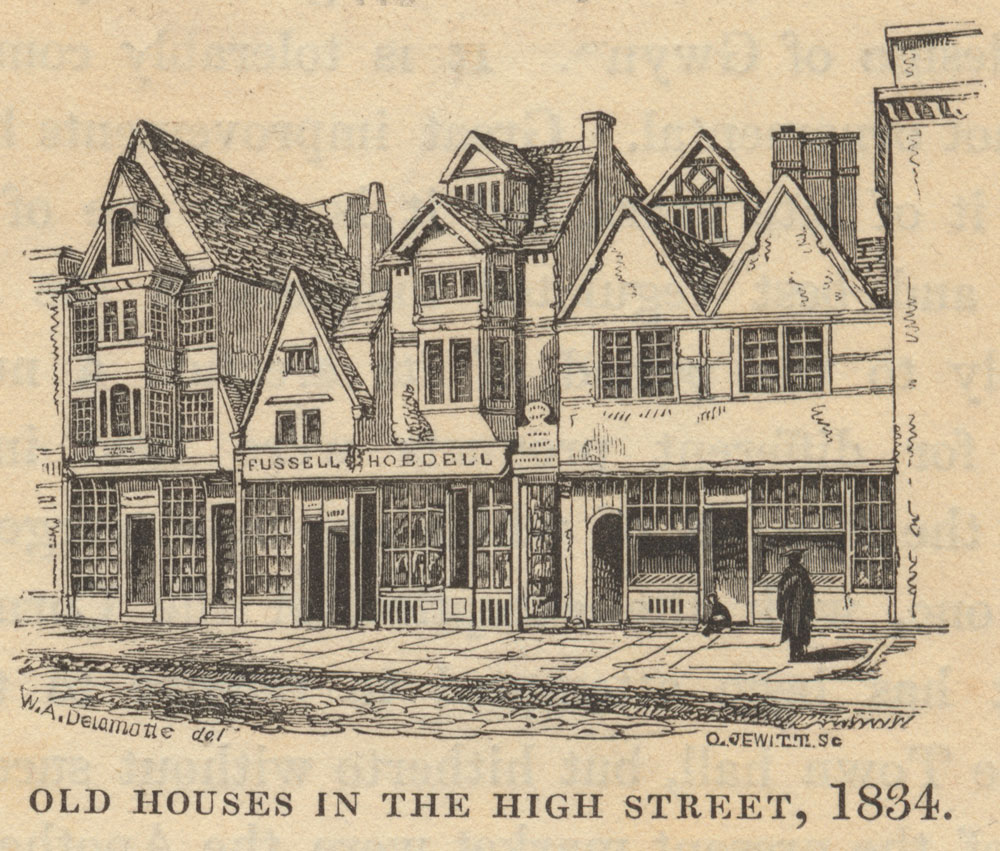
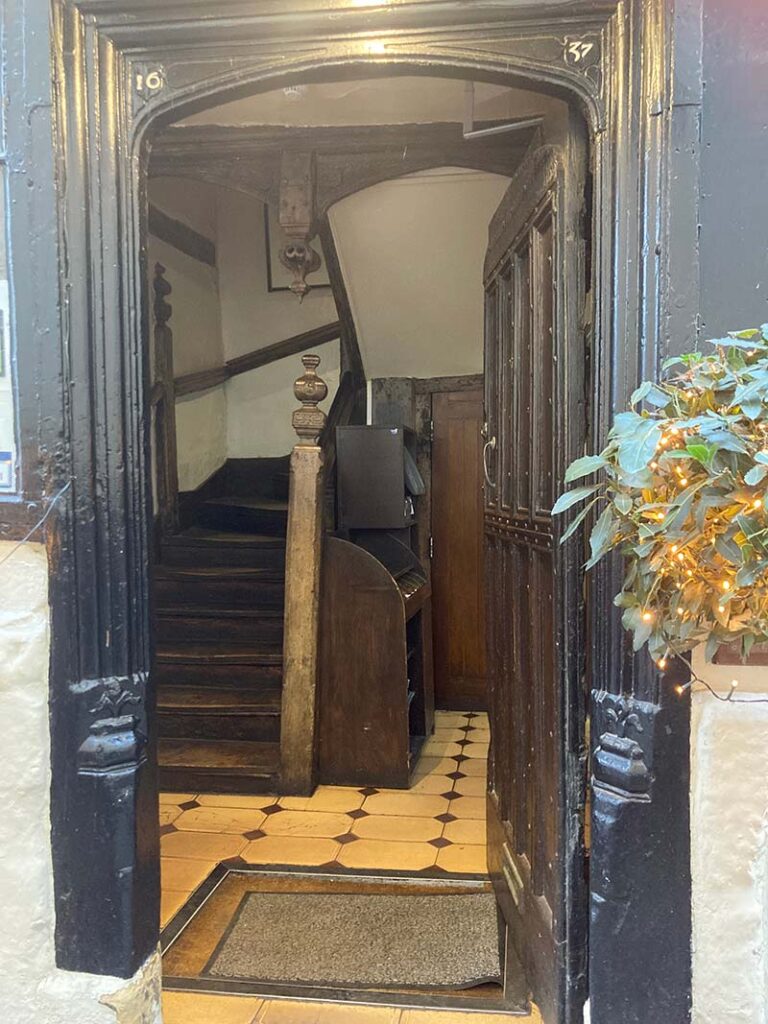

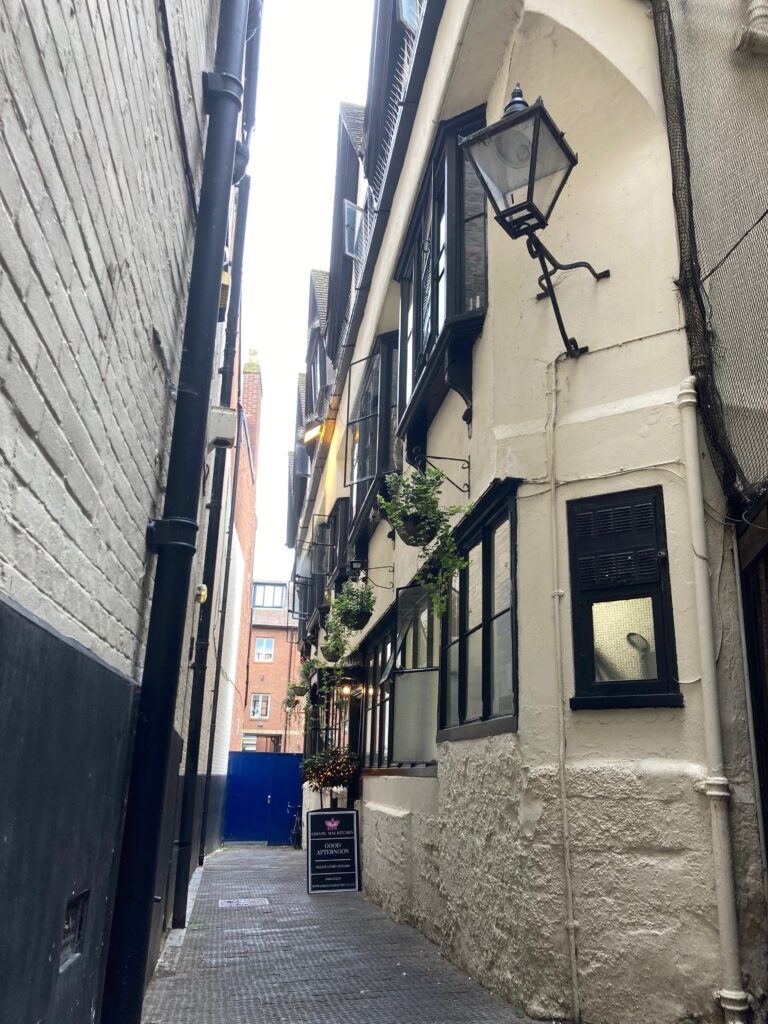
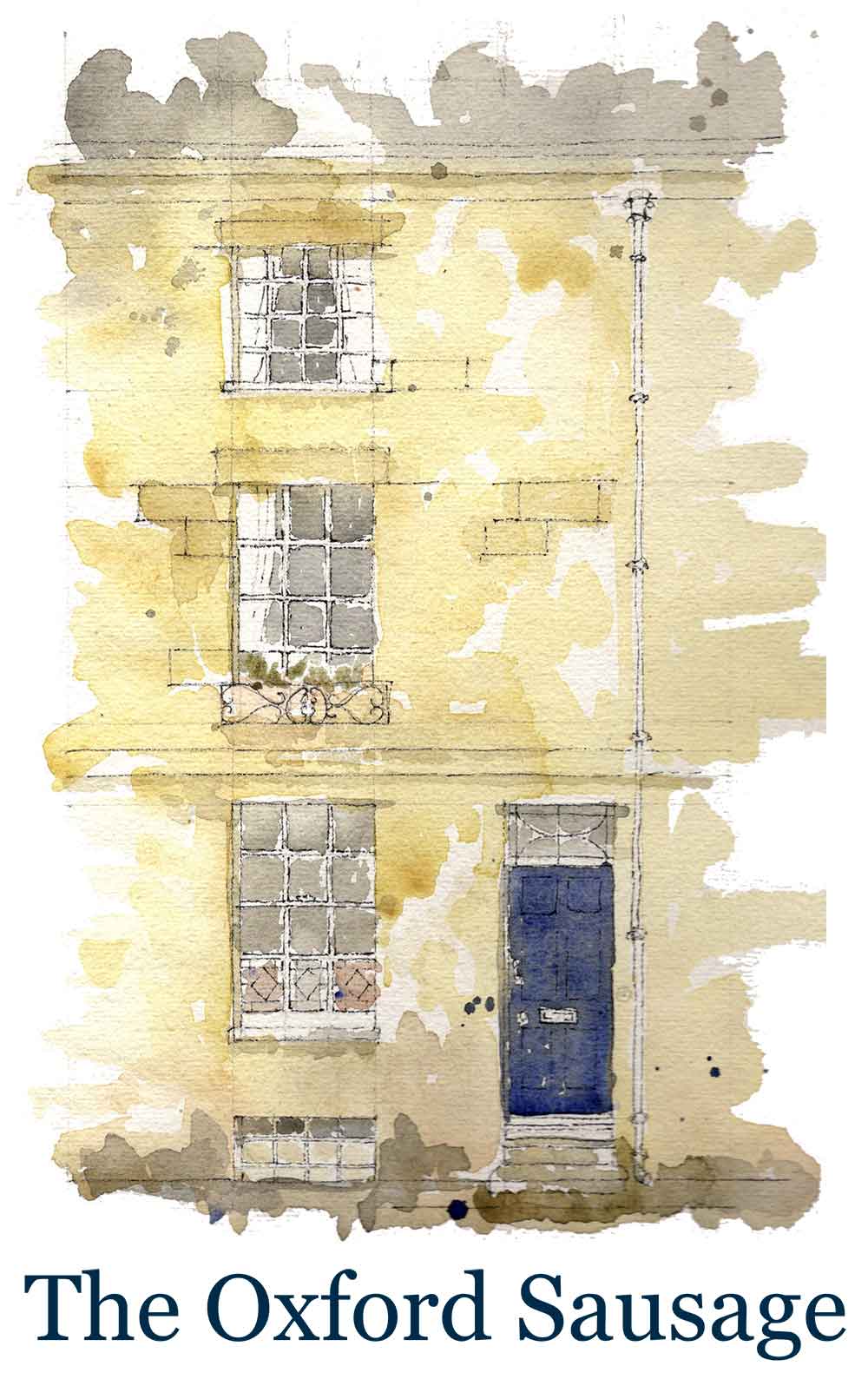
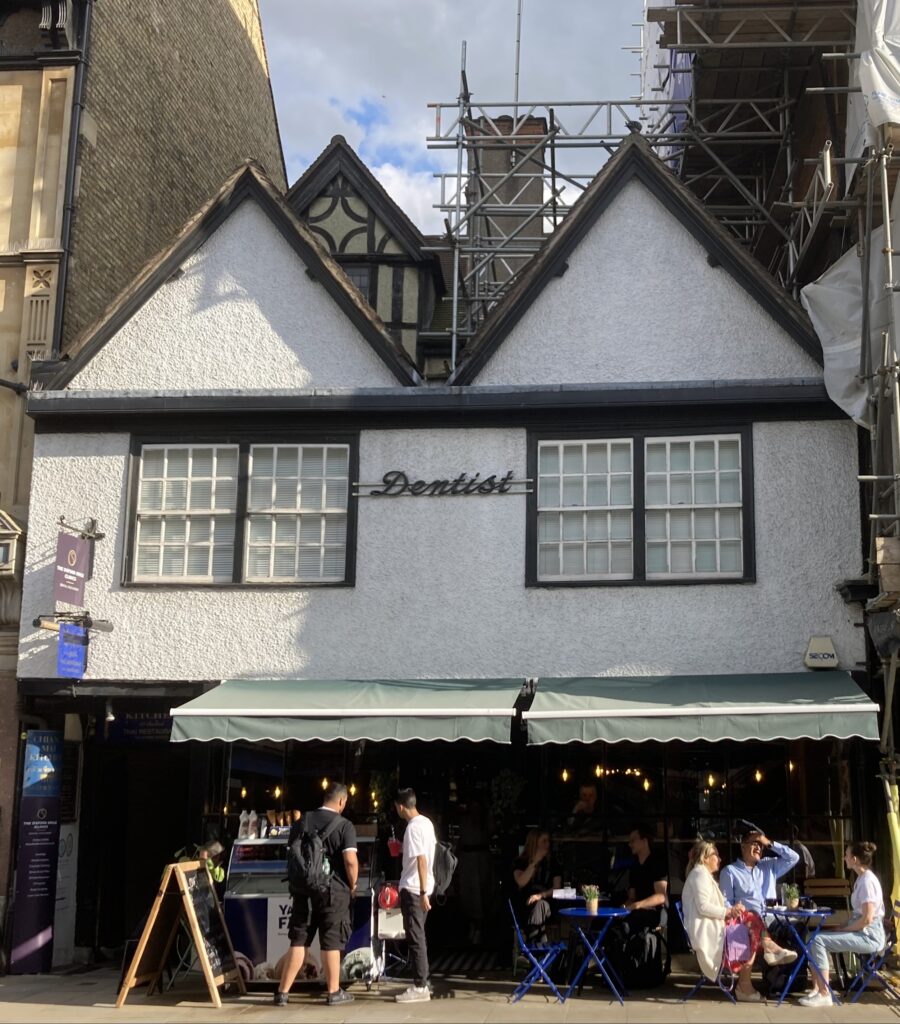
4 Comments
Join the discussion and tell us your opinion.
Fascinating – I did not know that this happened in the Chaing Mai & how great that it took place in a building that is virtually unchanged from that time. Have you read Iain Pears’ brilliant Oxford novel An Instance of the Fingerpost? This story plays a crucial part in that!
Thanks Bea. I love that book – highly recommended.
What a fascinating yarn; already looking forward to your next. If you should ever weave them together on a AW guided tour, I’ll be the first to sign up.
Interesting story. It’s incredible what you can discover when you look into the history of seemingly ordinary passages. Clear and well written as well.